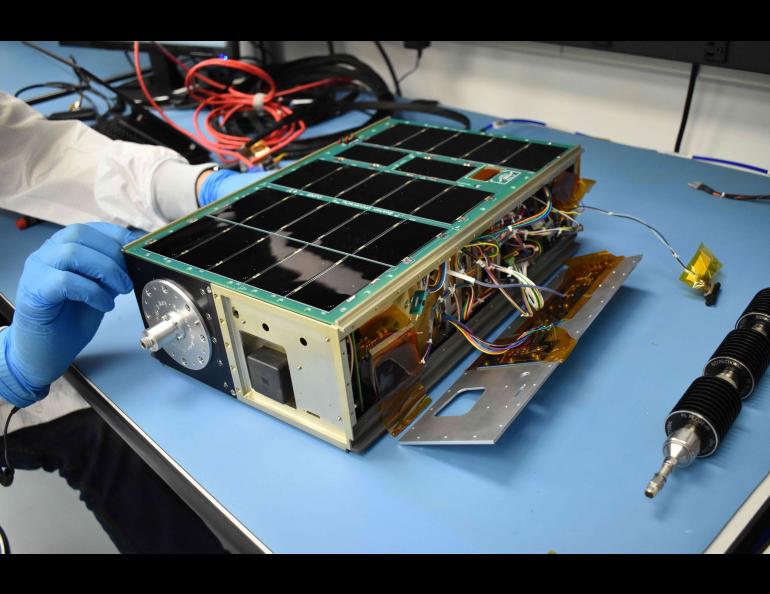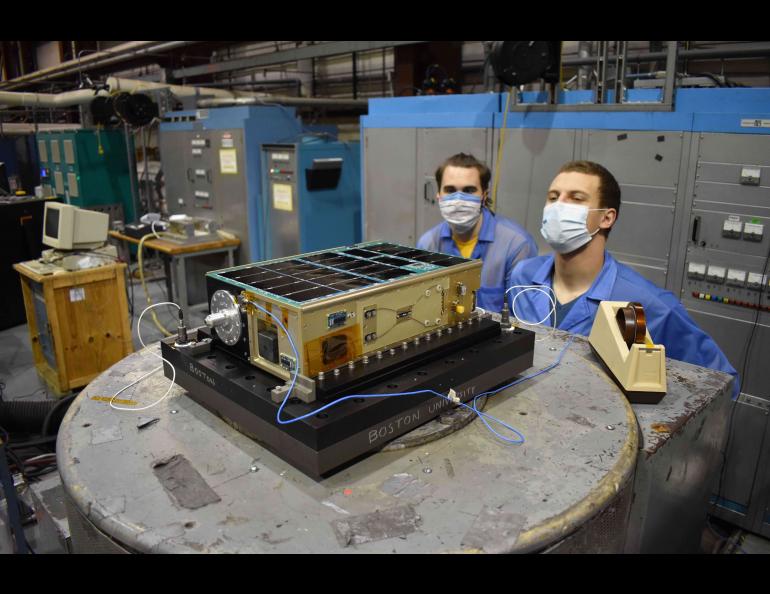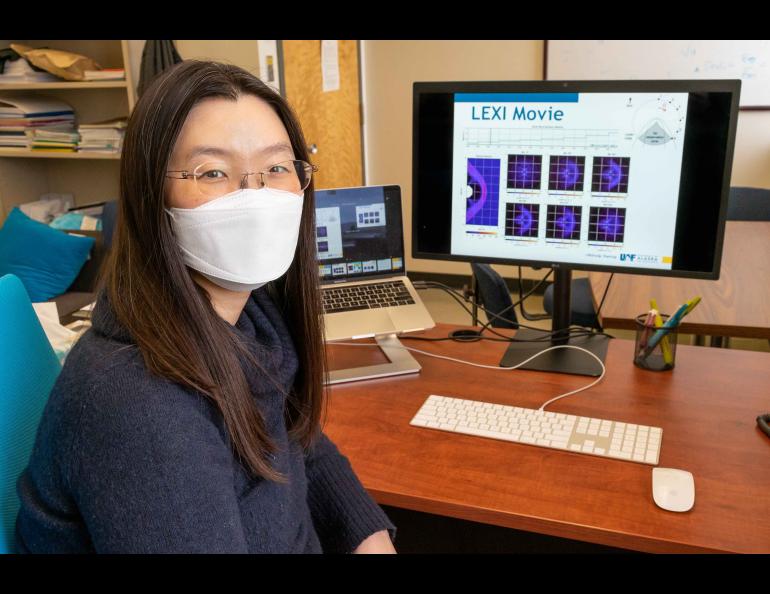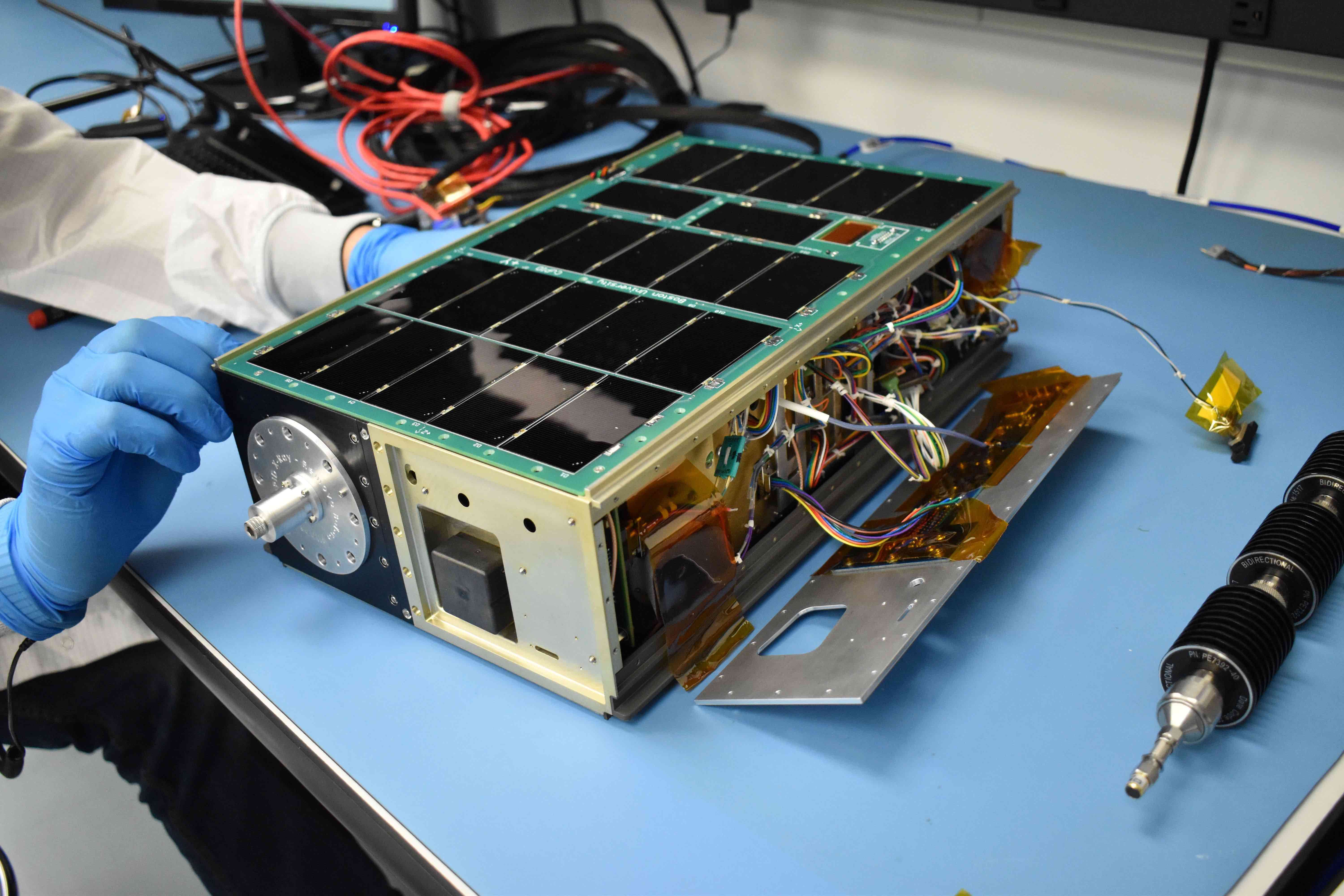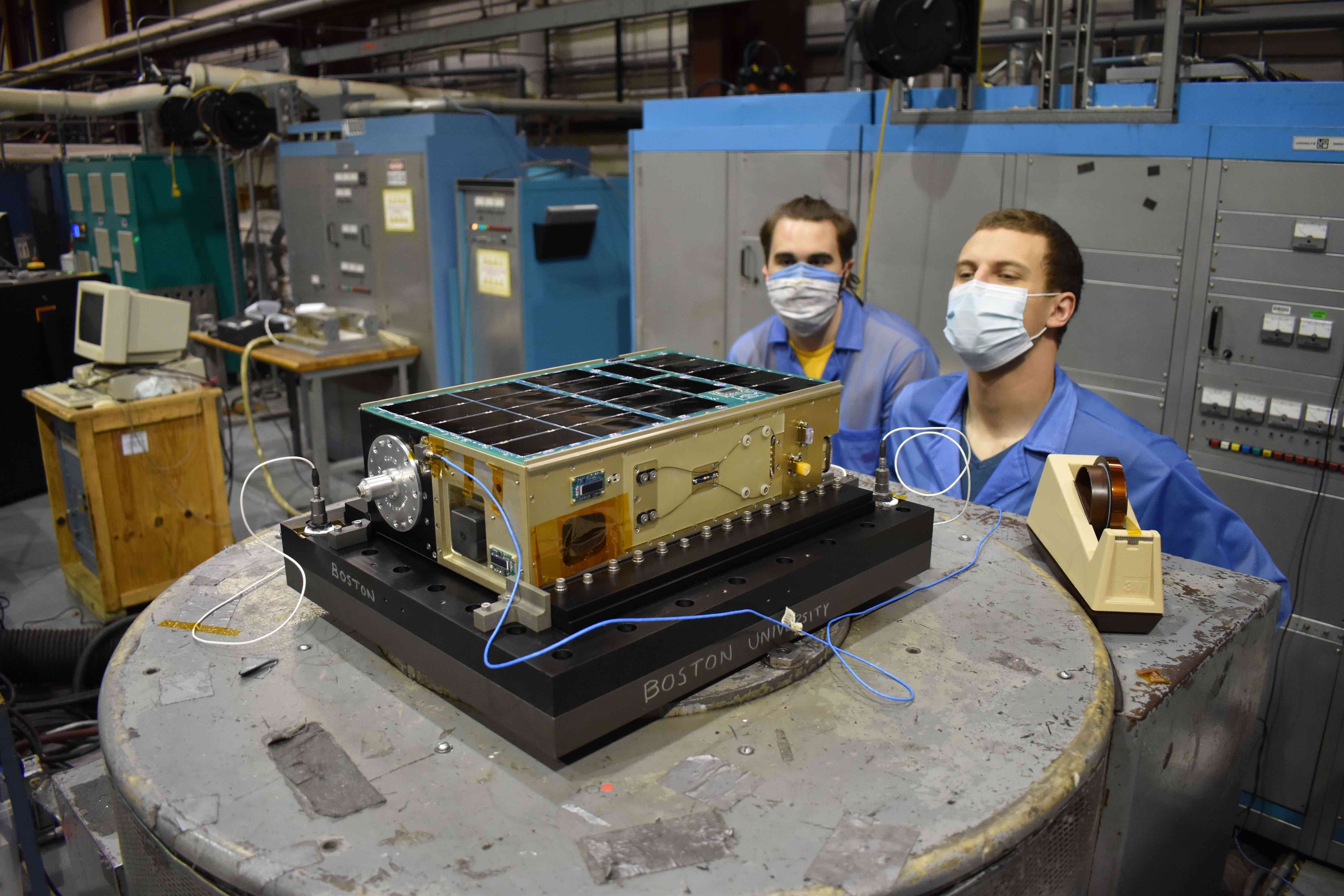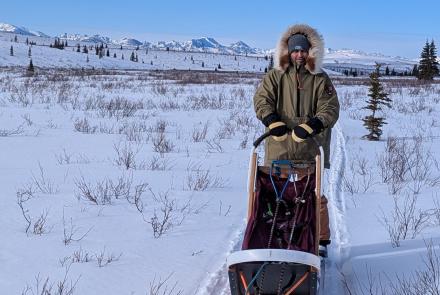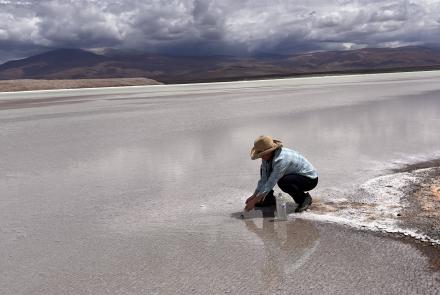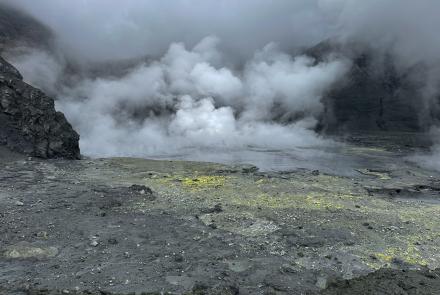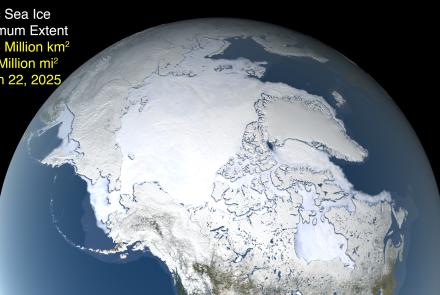Associate professor Hyunju Connor is looking forward to the launch of an Alliance Atlas V 401 rocket from Vandenberg Air Force Base in California later this month.
She’s also looking forward to a rocket launch in 2023.
And another in 2024.
Connor is involved with a satellite component of each of the three launches in the quest to understand one of the big mysteries of space physics: the interaction of the solar wind with Earth’s magnetosphere through a process known as magnetic reconnection.
“Their primary goals are the same,” Connor, a space physicist at the University of Alaska Fairbanks Geophysical Institute, said of the three missions. “We want to understand how the solar wind interacts with the Earth’s magnetosphere and through the physics mechanism called magnetic reconnection.
“Magnetic reconnection allows the solar wind particles to come into the Earth’s magnetosphere and create geomagnetic disturbances that could harm our infrastructure such as satellite systems or cellphone systems,” she said.
Knowing more about how magnetic reconnection works is important also for making accurate predictions about space weather so that humans can better prepare, whether here on Earth, orbiting in space, or, eventually, living on Mars.
“There are big unanswered questions,” said Connor, who also teaches in UAF's College of Natural Science and Mathematics.
Magnetic reconnection occurs throughout the universe and is the main driver of space storms around the Earth. It occurs when two magnetic field lines interact, as when plasma-carrying magnetic field lines from the sun collide with the Earth’s magnetic field, which carries its own plasma.
When that happens, each magnetic field line breaks, causing the two parts of each to reconnect with the matching part of the other. And that causes an instantaneous release of energy as magnetic energy is converted to particle energy. Part of that energy discharges as visible light in the aurora.
Magnetic reconnection also occurs on the surface of the sun when one arcing field line filled with plasma twists so far as to cross itself, much like holding a rubber band at two ends and twisting one end a half turn to see the band cross at the center. The result on the sun can be a coronal mass ejection that sends a stream of particles toward the Earth on the solar wind — sometimes on a collision course with the Earth’s magnetosphere, creating more occurences of magnetic reconnection.
Each of the three missions hopes to witness a reconnection, but the task is difficult because reconnection occurs on a small scale and the magnetosphere is so large.
“The reconnection happens in a very small area, approximately 10 to 100 kilometers in size,” Connor said. “But our magnetosphere is enormous, at 100 Earth radii (640,000 kilometers) from north to the south, and from the dayside to the night side it is several hundreds of Earth radii.
“That's why it hasn’t become clear where the reconnection happens and in what way it happens. Is it happening locally? Is it happening globally? Is it happening continuously? Or is it happening intermittently?” she said. “Those kinds of questions have not been answered because it's quite difficult to catch.”
Those answers could come from the three launches in which Connor is involved as a computer modeler, where she will help predict possible outcomes for the CuPID, LEXI and SMILE missions.
Each of the three missions will carry a camera to look for low energy X-rays, which are emitted during the solar wind-terrestrial atmosphere interaction that occurs near the reconnection sites.
• CuPID
The Cusp Plasma Imaging Detector observatory will look for evidence of magnetic reconnection in the areas known as the cusps, the regions above the Earth’s poles where the Earth's magnetic field lines open to interplanetary space because of reconnection. It will contain the first wide-view X-ray camera to be placed in orbit.
CuPID, a CubeSat the size of a shoebox, is funded by NASA and led by Brian Walsh of Boston University, with involvement by Drexel University, NASA Goddard Space Flight Center, Johns Hopkins University, Merrimack College, Aerospace Corp., and the UAF Geophysical Institute.
CuPID, originally scheduled for a 2019 launch, will launch at Vandenberg Air Force Base in California in late September. It will be aboard the rocket carrying the Landsat 9 satellite, a joint mission of NASA and the U.S. Geological Survey, along with three other CubeSats for other researchers.
• LEXI
Like CuPID, the Lunar Environment heliospheric X-ray Imager will use its X-ray camera to image the interaction of the solar wind’s charged particles with those of Earth’s magnetosphere. Unlike CuPID, LEXI will be doing it from the surface of the moon as part of NASA’s Artemis program, which is NASA’s program to establish a long-term lunar presence.
LEXI will travel to the moon on a commercial lander with nine other science investigations and technology payloads. NASA gave the delivery contract to Firefly Aerospace of Cedar Park, Texas, with launch scheduled for 2023.
Brian Walsh of Boston University is also the principal investigator on this mission, which includes researchers from NASA Goddard Space Flight Center, Johns Hopkins University, University of Alaska Fairbanks, University of Miami, University of Kansas and University of Leicester in the United Kingdom.
• SMILE
The Solar wind-Magnetosphere-Ionosphere Link Explorer is a joint mission of the Chinese Academy of Science and the European Space Agency and aims to obtain the “first-ever observations of the full chain of events that drive the Sun-Earth connection,” according to the project’s study report.
SMILE will observe solar wind-magnetosphere coupling through simultaneous solar wind and magnetosheath plasma and magnetic field measurements, X-ray images of the magnetosheath and magnetic cusps and ultraviolet images of global auroral distributions.
Connor is co-leader of the SMILE mission’s modeling group and has been with the project since 2014. The mission is scheduled to launch in 2024.
